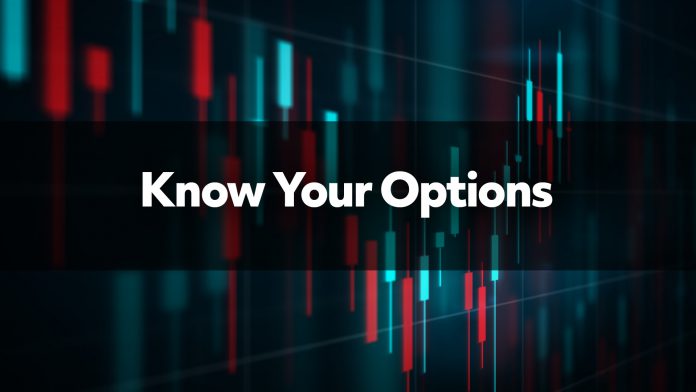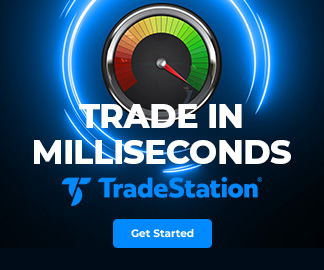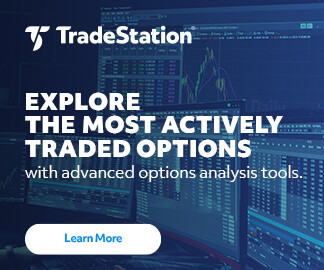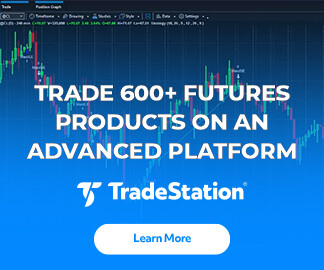Stocks are down again today as investors worry about higher interest rates. It’s a good time to review some ways to manage the volatility with options.
Remember that calls fix the right to buy a stock and puts convey the right to sell. Investors can use both to guard against potential downside in the market.
Hedging With Protective Puts
Put options set the level where a stock or exchange-traded fund (ETF) can be sold. They typically gain value when prices decline. They also can benefit from increased volatility thanks to Vega.
Investors with broad exposure to the S&P 500 may want to consider owning puts on the SPDR S&P 500 ETF (SPY). The Invesco QQQ Trust (QQQ) more closely tracks the Nasdaq-100, home to major technology firms like Apple (AAPL) and Microsoft (MSFT).
Hedging With Vertical Spreads
Options may appear risky because most expire worthless. For example, the March 370 puts on SPY cost about $5. That means the S&P 500 would have to fall about 5 percent from current levels for those options to expire in the green.
Traders can reduce the risk with vertical spreads. This strategy entails buying puts near the money and selling an equal number of contracts further from the money. The premium collected from selling reduces cost.
For example, the March 365 put options are worth almost $4. An investor could buy the 370s and sell the 365s, paying about $1 net. The result would be a 400 percent gain from the SPY falling 5 percent to $365. Here’s how it works:
If prices drop to $365, the 370 puts owned by the investor would be worth $5. (370 strike price – 365 stock price.) Given that he or she spent $1 to enter the position, it would translate into a profit of $4 per contract.
Hedging With Covered Calls
Call options are the opposite from puts, fixing the price where a stock can be purchased. However investors can use them in a bearish way by selling calls against equity positions they already own. They’re known as “covered calls.”
Say you purchased 500 shares of Bank of America (BAC) at its last pullback to $30. If you’re worried about the stock retreating from its current price above $36, you could sell 5 March 35 calls for about $1.80. That would force you to sell BAC for $35 if it’s above that level on the expiration date. But including the $1.80 collected now, total proceeds would be $36.80 — $0.50 above the current price.
The other potential benefit of selling covered calls is that you can withstand a drop all the way to the 35 strike price without losing anything. (Because you’ve already effectively sold it for $35.)
How Do You Hedge With Options?
In summary, protective puts, vertical spreads and covered calls each have pros and cons.
The main benefit of protective puts is the fact they provide unlimited protection. No matter how far the market falls, they keep gaining value. The main drawback of protective puts is their relatively high cost.
The main benefit of vertical spreads is their lower cost and greater leverage. Their main drawback is they only hedge a drop to a certain level.
The main benefit of covered calls is they generate income instead of costing money. They have two drawbacks.
First, they limit gains. In the case of BAC above, the investor won’t make any money from an unexpected rally — no matter how high it may go. Put-based strategies don’t have this limitation.
Second, like vertical spreads, covered calls only provided limited protection. If BAC crashes back to $25, the investor only gets the $1.80 he or she collected. They’d still lose money on the underlying shares.
Disclosure: Options trading may not be suited for all investors.


























